The Temple of Literature, Hanoi, is one of the most significant historical and cultural landmarks in Hanoi, Vietnam. The temple is dedicated to the Chinese philosopher, Confucius and his principles and stands as a symbol of the country’s deep respect for education and knowledge.
The best time to visit the Temple of Literature, Hanoi is during the quiet hours of the morning or late afternoon. The Spring and Autumn seasons are perfect for visiting the temple, offering ample opportunity to take leisurely strolls through the temple courtyards.
When visiting the Temple of Literature in Hanoi, it is best to wear modest and comfortable clothing that covers your shoulders and knees. It is also respectful to maintain silence, be mindful of temple customs, and ensure a peaceful atmosphere.
‘Wherever you go, go with all your heart’ - Confucius
Hanoi is a city seeped in history. A mesh of stories that unfold through its leafy streets and busy markets and colonial buildings.
Situated on the banks of the Red River, the city is full of life, day in and day out. From the early mornings at the Hoan Kiem Lake to the bustling streets of the Old Quarters and the lively night markets and street bars that offer ample opportunity to enjoy Hanoi city nightlife in the most authentic style, the city has something for everyone. However, what the city holds most precious is its history and culture.
Near the heart of Hanoi, located to the south of the Imperial Citadel of Thăng Long, where the old and new blend together and the past seems to walk hand in hand with the present, stands a timeless tribute to knowledge, a symbol of wisdom, tradition, and Vietnam’s scholarly past—Văn Miếu, The Temple of Literature.
A Brief Walk in Time - History of the Temple of Literature, Hanoi
The Temple of Literature in Hanoi is one of Vietnam’s most significant historical and cultural sites. Commissioned in 1070 by Emperor Lý Thánh Tông of the Ly dynasty, the temple with its 5 courtyards pays homage to the Qufu-born philosopher Confucius. The Chinese philosopher’s teachings shaped East Asian philosophy, governance, virtue and moral values. His ideas greatly influenced the Vietnamese society.
Confucius was a strong advocate for making education accessible to all. Thus, the temple operated as Vietnam’s first Imperial Academy, named Quốc Tử Giám, a university where Vietnam’s finest scholars and royal elites visited to learn the doctrines of Confucianism, literature, poetry and the rules of political, social, and ethical conduct.
Historical records indicate that later in the 1200s, under the Trần dynasty, the Temple of Literature, Hanoi began to become more inclusive. This Hanoi temple first opened its doors to commoners in 1253, marking the shift towards inclusivity in education, which was the original idea of Confucius’s teachings.
With more diversity, the impact on administrative practices and cultural developments throughout the country was beyond grand.
For the subsequent few centuries, despite the wars and disasters, this temple in Hanoi preserved the history of Vietnam, the teachings of Confucius and the most precious relics.
The Temple of Literature is one of the oldest temples in Hanoi and a living testament to Vietnam’s educational progress. It remained open as the Imperial Academy till late 1770, after which the Academy was moved to the coastal city of Huế in the 1800s.
The next hundred years were both changing and turbulent for the Temple of Literature, Hanoi. From being declared a National Heritage Site by the French protectorate in 1906 to the damage and reconstruction, especially during and after wars and conflicts involving foreign invasions, the temple continued to hold a significant value in the culture of Vietnam.
The Architecture
In modern-day Vietnam, the temple is on everyone’s bucket list and a popular offering in our Hanoi tour package along with the Ho Chi Minh Complex, One Pillar Pagoda and Ho Chi Minh Mausoleum.
Even after the ravages of war, the Temple of Literature in Hanoi, Vietnam stands as a testament to the Vietnamese architecture and cultural beauty. Spread across 5.4 hectares of area, the temple is surrounded by a brick wall covering five main courtyards: the Great Middle Gate, the Pavilion of Constellation, the Well of Heavenly Clarity, the Gate to Great Success, and the Grounds of the Imperial Academy, all five designed in their distinctive style.
Walking inside the temple feels like stepping back in time. The entire complex is arranged in a harmonious flow that mirrors the philosophy of yin and yang, or earth and sky.
The First Courtyard
The Great Middle Gate or Đại Trung Môn is a quiet area with trimmed hedges and lawn area. Flanking the Great Middle Gate are two smaller gates, the Đạt Tài and the Thành Đức Gate. The red-tiled roof offers a refreshing take on the simpler and scholarly era of the past, a feature that is also seen in many Hindu temples in Hanoi, so in contrast to the modern architecture we see every day.
The Second Courtyard
The Pavilion of Constellation or Khuê Văn Các is a two-story wooden pavilion which is a symbol of present-day Hanoi. Constructed in 1805, the Pavillion has four brick-white pillars, each with unique details and impressive patterns pointing upwards to a circular standing station and an elaborate roof, from which hangs a bronze bell this is rung on auspicious occasions. Surrounding the second courtyard are several topiaries that are a testament to the traditional culture and the craftsmanship of the period.
The Third Courtyard
What makes the Temple of Literature one of the best temples in Hanoi is the architectural brilliance and the history it still holds embedded in its courtyards. The Well of Heavenly Clarity or Thien Quang Well in the third courtyard is a peaceful square-shaped well representing the earth and reflecting the sky. On either side of the well are two great halls with several large slabs atop stone turtles.
These doctors’ stelae were erected in 1484 and recorded the name and birthplace of exceptional scholars and graduates of triennial royal exams conducted during the Lê dynasty and one was held by the Mạc dynasty. Though only a few stelae remain standing today, they have found their name in the UNESCO Memory of the World Register after 2011.
The Fourth Courtyard
The Gate to Great Success or the Đại Thành Môn marks the transition to the more sacred regions of the Temple of Literature, Hanoi. Towards the central area of the complex, this courtyard is a ceremonial heart dedicated to Confucius and his disciples. The space is imbued with a sense of reverence. The altars in this courtyard are decorated in Vietnamese tradition, with 5 basic elements, namely fire, metal, water, wood and earth.
The Fifth Courtyard
The final courtyard in the Temple of Literature in Hanoi Vietnam, the Nhà Thái Họ is the main ground of the once Imperial Academy. Once the bustling hub of Vietnam’s finest scholars and teachers, the courtyard now serves as a museum of academic heritage. Though the initial structure with Minh Luân house, classrooms, storehouses and dormitories was destroyed during the Indochina war, the courtyard was reconstructed in 2000 and now holds four buildings, one each in the front, rear and the sides, a bell house and a drum house.
The rear building has the statue of Chu Văn An, a famous Confucian, teacher, philosopher and physician of the Trần dynasty. The second floor is dedicated to the three kings who contributed to the foundation of Văn Miếu.
Best Time to Visit the Temple of Literature, Hanoi
The temple is open for public exploration between 8 am to 5 pm and 2 to 3 hours are generally considered sufficient to explore the five courtyards and admire the pavilion and the stone stelae.
While the Temple of Literature, Hanoi is open year-round, planning a seasonal tour, from March to May and September to November when the weather is milder will be ideal. It is best to avoid visiting during the Lunar New Year and between November to January as the time attracts thousands of visitors. Locals and students alike visit the temples to pray for their families, careers and studies.
As one of the oldest temples in Hanoi, The Temple of Literature holds immense significance in the culture of the Vietnamese people. It represents the pursuit of knowledge, the preservation of tradition and the important of education in the society. Whether you are a history lover, an art student seeking inspiration or a seeker of knowledge or unique experiences, the Temple of Literature, Hanoi is a perfect destination.







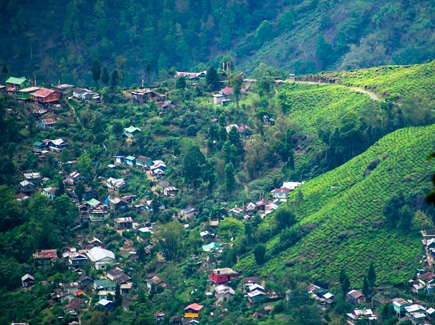


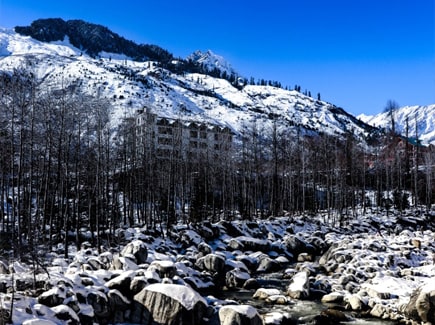

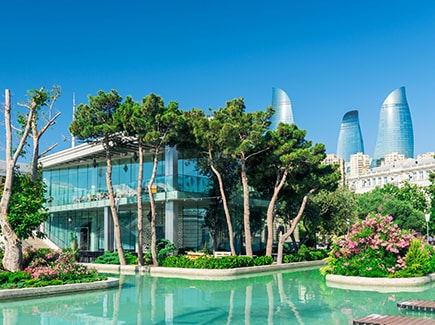
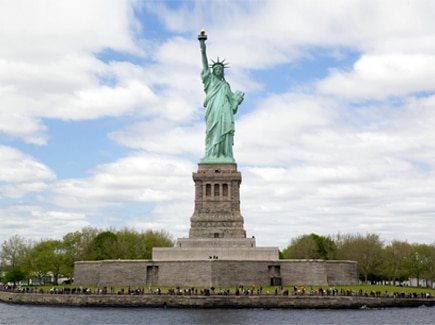
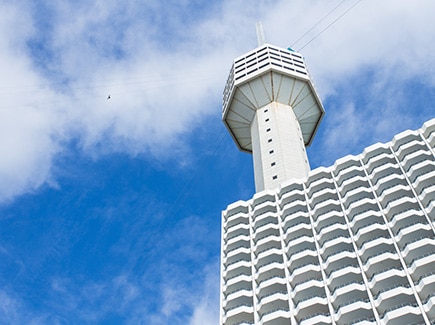
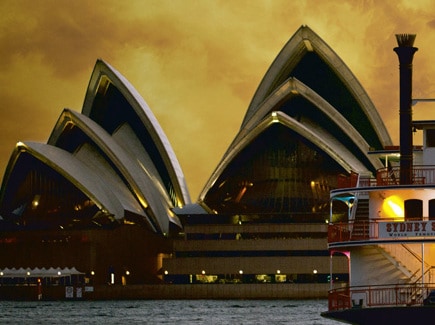



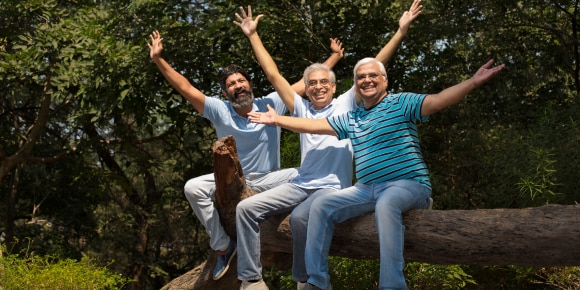

















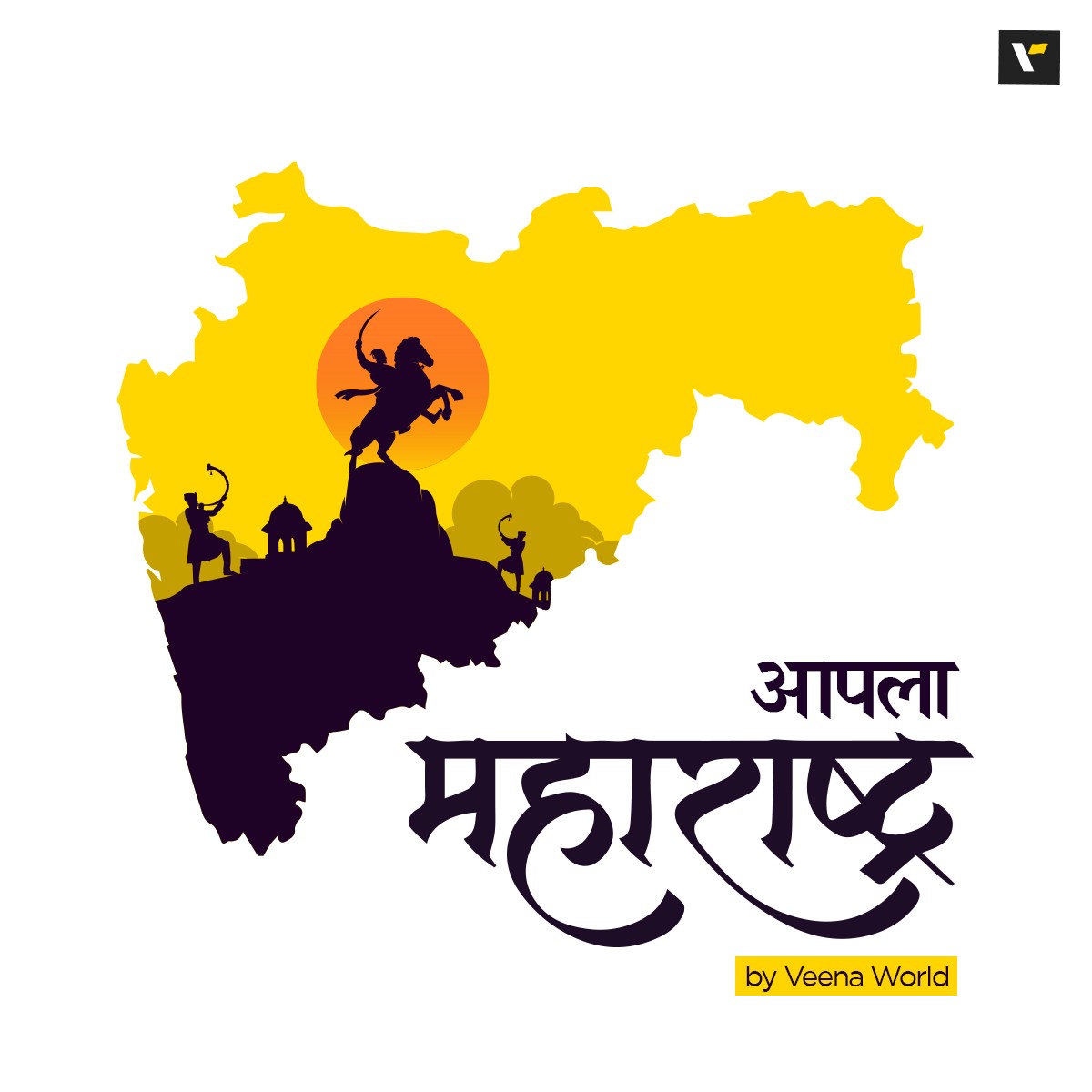




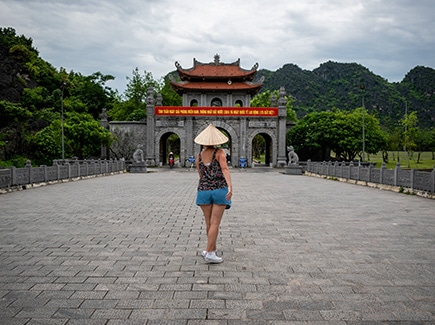

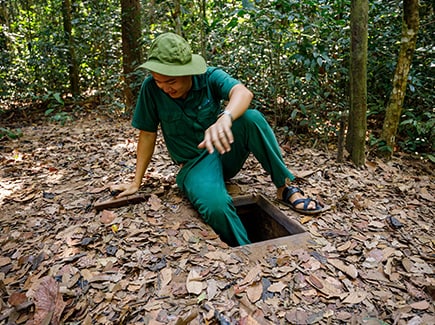















Post your Comment
Please let us know your thoughts on this story by leaving a comment.